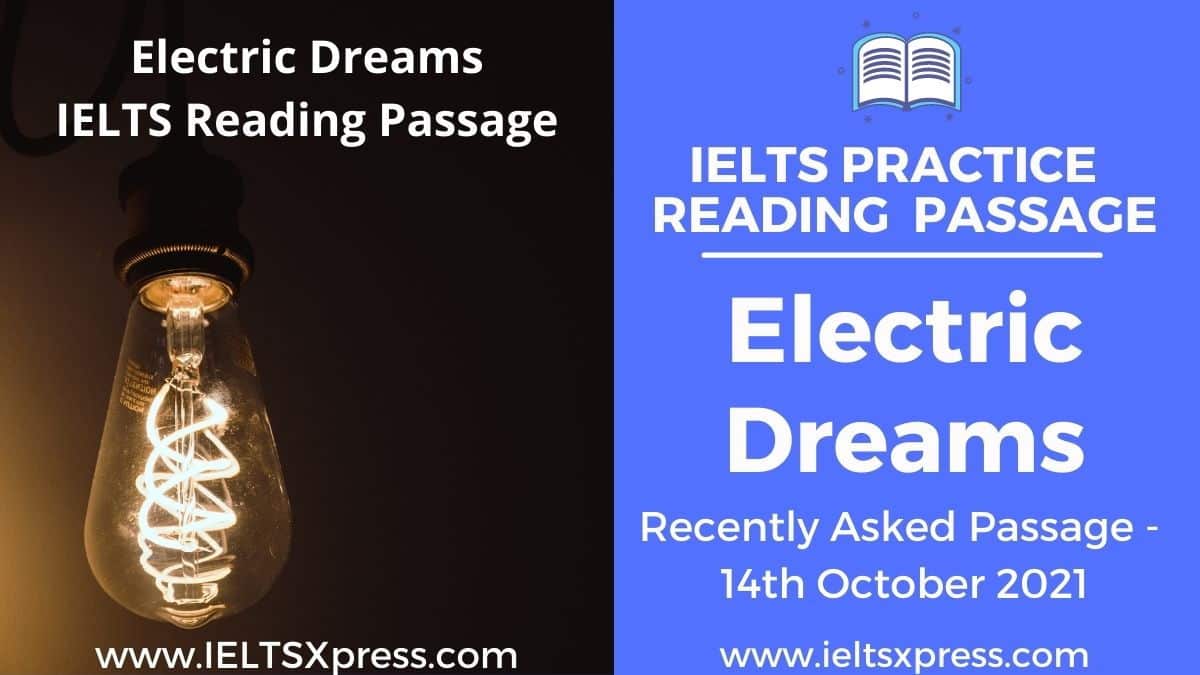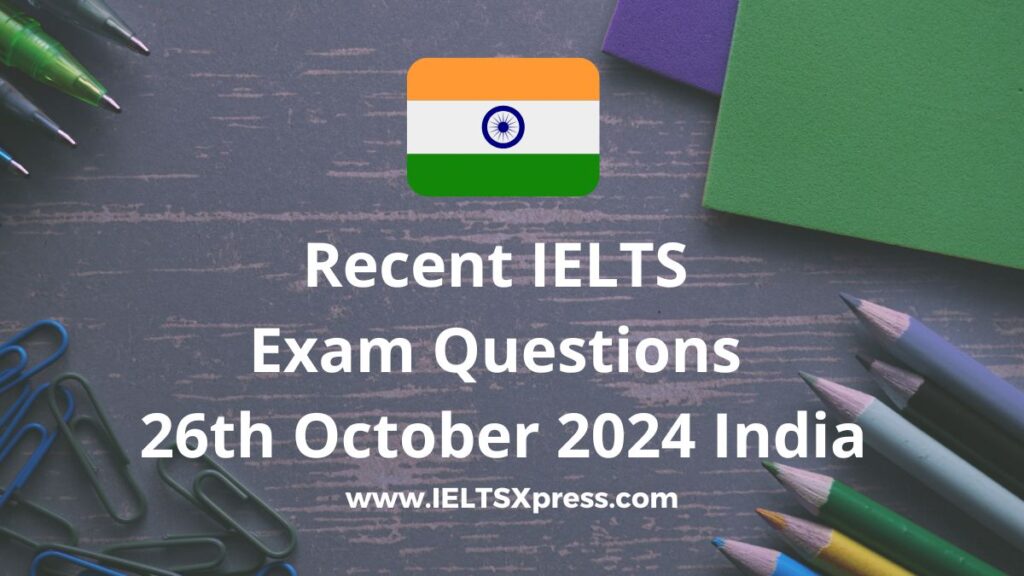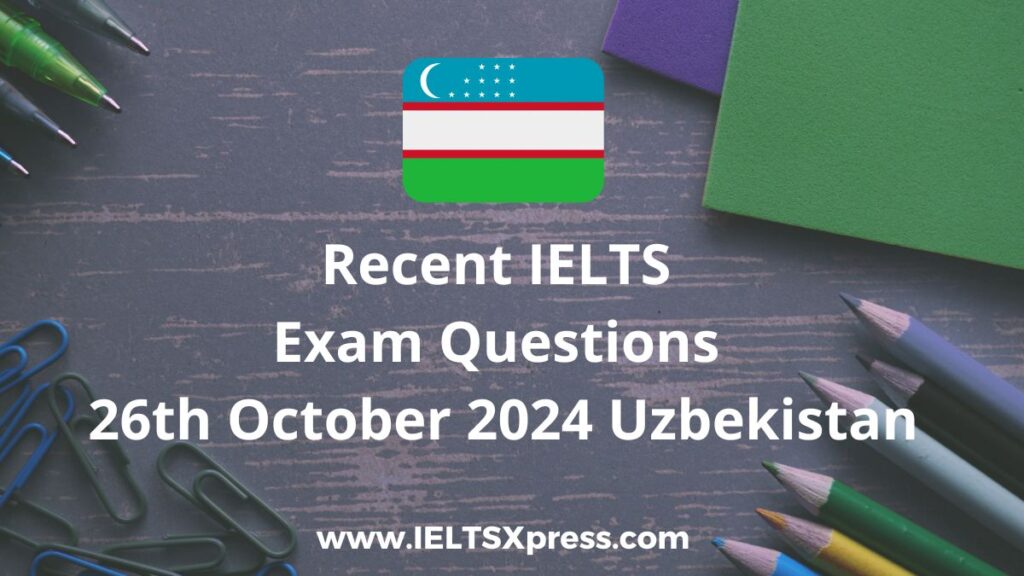Electric Dreams IELTS Reading Passage
This reading passage was asked recently on Recent IELTS Exam 14 October 2021 India Question Answers
Reading Passage 2
You should spend about 20 minutes on Questions 14-27, which are based on Reading Passage 2 below.
Electric Dreams
A. The days of the internal-combustion are numbered, and the fuel cell represents the future of automotive transport, says PETER BREWER. A. Some of the world’s greatest inventions have been discovery by accident. One such accident led to the discovery of the fuel cell and another led to its commercialisation. And in around 30 years, when most of the energy analysts have predicted the oil wells will run dry, motorists will be thankful for both these strange twists of fate. Why? Simply because without the fuel cell to replace the combustion engine, private motoring as we all know it would be restricted to only those who could afford the high price.
B. The exact date of the discovery of the fuel cell is not known, but historians agree it most likely occurred around 1938 in the laboratories of British physicist Sir William Grove, who one day disconnected a simple electrolytic cell (in which hydrogen and oxygen are produced when water contacts an electric current running through a platinum wire) and reversed the flow of current. As author records in his book Powering the Future, Grove realized that just as he could use electricity to split water into hydrogen and oxygen it should be possible to generate electricity by combining these two gases.
C. The principle behind the fuel cell is simple. Hydrogen and oxygen, two of the most common elements in the world, are a very explosive combination. But separate them with a sophisticated platinum coated barrier and an electro chemical reaction takes place, where positively charged hydrogen ions react with oxygen and leave the hydrogen electrons behind. It is this reaction, the excess electrons on one side of the barrier and the deficit of electrons on the other that creates electrical energy.
D. The early development of the fuel cell was fraught with problems and high cost. But by 1954 US giant General Electric had produced a prototype that proved sufficiently effective to interest NASA. The Gemini space programme proved the viability of the fuel cell to provide electrical power. The spacecraft used six stacks of cells with three cells in each stack. The electrical power output from each stack was quite modest – just one kilowatt and as a byproduct, produced half a litre of water for each kilowatt hour of operation. But the Gemini Cells were very unstable and required constant monitoring.
E. At this time if anyone had suggested to Canadian Scientist Geoffrey Ballard that he would become a world leader in fuel cell technology, he would have laughed. Ballard’s scientific background was actually geophysics, but during the oil-crisis of 1973, the US government asked the Canadian to explore alternative forms of energy. Ballard threw himself into the project enthusiastically but soon became disillusioned by the politics of the programme. Energy systems take a long time to develop, Ballard said. The short-term vision of politicians, who voted to fund such projects in the desire for quick results to bolster their re-election chances, were frustrating for the scientists. However, since the US government lacked the vision for the job, he decided to tackle it himself.
F. The big breakthrough on Ballard’s fuel cell came by accident in the search for cheaper materials. Up until late 1986, Ballard’s team had worked with only one type of fuel cell membrane manufactured by DuPont, but Dow Chemical had also developed a similar membrane, which had not been released for sale. Ballard’s team tracked down an experimental sample of the Dow material, put it into a fuel cell and set up a standard test. Within a few minutes the fuel cell was generating so much electricity on the test bench that it had melted through the power-output cable.
G. Ballard immediately knew he had a saleable product. The problem was: Should he aim his fuel cell at small markets like military field generators, wheelchairs and golf carts, or try to sell it as a full blown alternative to the combustion engine? “It was so needed and the world was ready for it,” Ballard said. “Los Angeles is dying; Vancouver is going to be eaten alive by its own pollution very shortly. It seemed like a time to go for broke.” Ballard Power Systems first built a small bus to demonstrate the technology, and then an even bigger bus.
H. As a result a number of multinational motor manufacturers, such as General Motors, Mitsubishi and Daimler-Benz all tested Ballard’s cells. Finally, Daimler formed an alliance with Ballard that has yielded some impressive prototypes, including a fully driveable fuel cellpowered A-class Mercedes-Benz compact car, known as Necar 4. Daimler Chlysler, as the merged Daimler-Benz and Chlysler Corporation is now known, says the fuel cell represents the future of automotive transport. “The significance of this technological advancement ( the fuel cell) is comparable to the impact the microchip had on computer technology when it replaced the transistor,” said Dr Ferdinand Panik, the head of Daimler Chlysler’s fuel cell development team.
Questions 14-27
There are 8 paragraphs numbered A-H in Reading Passage 3.
From the list below numbered i-x, choose a suitable heading for the paragraphs.
There are more headings than paragraphs, so you will not use all the headings.
14. Paragraph A
15. Paragraph B
16. Paragraph C
17. Paragraph D
18. Paragraph E
19. Paragraph F
20. Paragraph G
21. Paragraph H
i. A conflict of interests
ii. Science is sometimes a question of luck
iii. Using the fuel cell in different ways
iv. How does it work?
v. Deciding how to exploit the new product
vi. Using the fuel cell to be the first in the space race
vii. A key stage in the development of fuel cell
viii. A first step on the road to a new source of energy
ix. Applying the new technology on a global scale
x. The first fuel cell is tested
Questions 22-24
Choose the most appropriate letter A B C or D
The fuel cell generates electricity because
A. hydrogen and oxygen can be used to create controlled explosions
B. of the reaction which occurs when hydrogen and oxygen are separated
C. hydrogen and oxygen are both gases
D. hydrogen and oxygen both contain electrons
The Gemini space programme demonstrated that
A. The fuel cell was too difficult to use in space programmes
B. The fuel cell can only work with pure oxygen
C. Generating a substantial amount of electricity requires many fuel cells
D. The fuel cell could be used successfully
The US government asked Ballard to carry out fuel cell research because
A. He was an expert in his field
B. supplies of oil were running out
C. They wanted to find new sources of energy
D. He offered to work completely independently.
Questions 25-27 Complete the sentences below by taking words from the passage.
Use NO MORE THAN THREE WORDS
25. The key step in the development of fuel cell occurred completely __________
26. Ballard decided that the fuel cell could be used to reduce __________ in large cities.
27. In an attempt to produce a more ecological car, Ballard __________ with a major automobile corporation.
Electric Dreams IELTS Reading Answers
Practice with Expert IELTS Tutors Online
Apply Code "IELTSXPRESS20" To Get 20% off on IELTS Mock Test
Reading Passage 2 Electric Dreams
14. II
15. VIII
16. IV
17. X
18. I
19. VII
20. V
21. IX
22. B
23. D
24. C
25. BY ACCIDENT
26. POLLUTION
27. FORMED AN ALLIANCE
Also Check: Save Endangered Language IELTS Reading Passage



